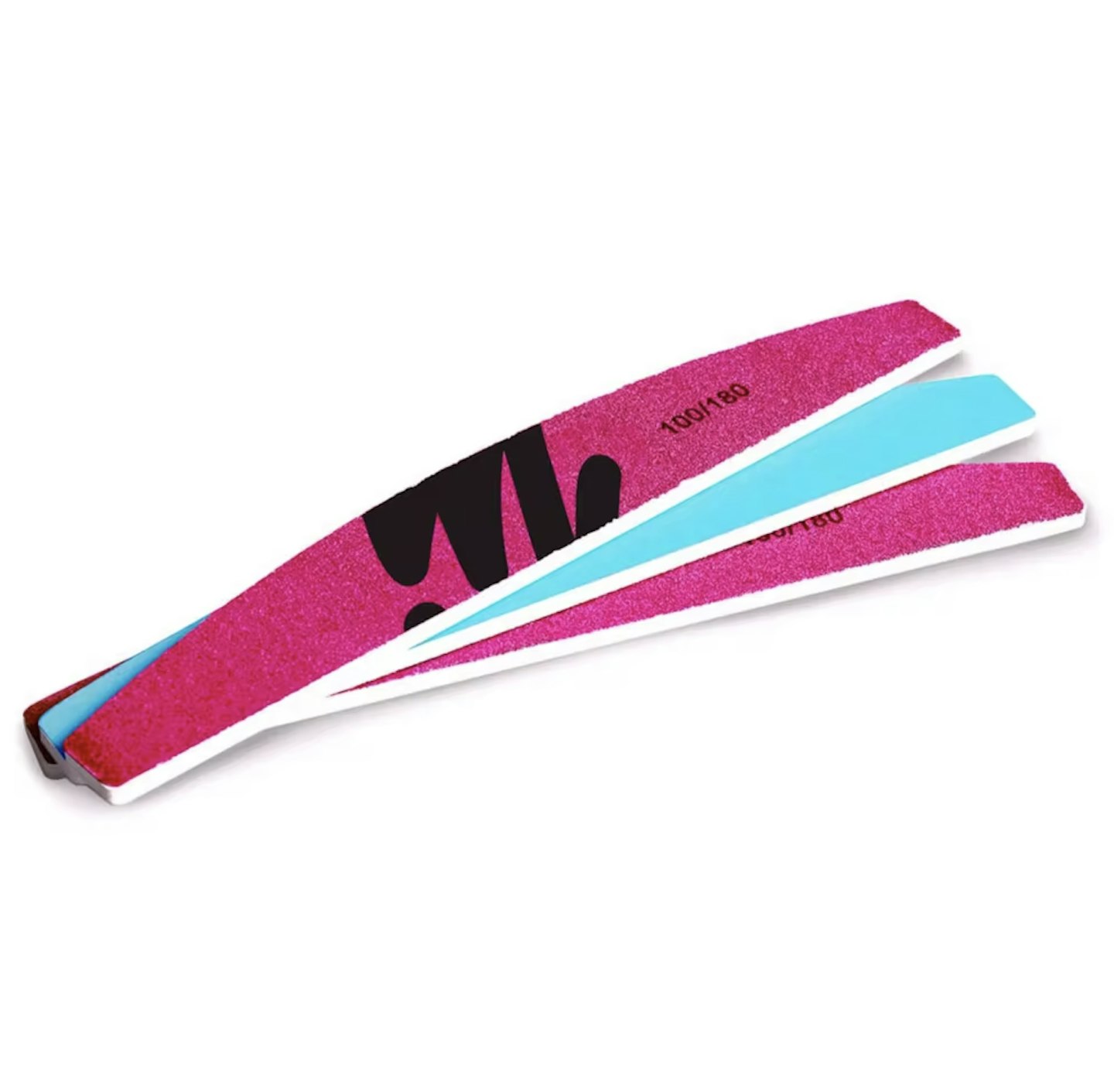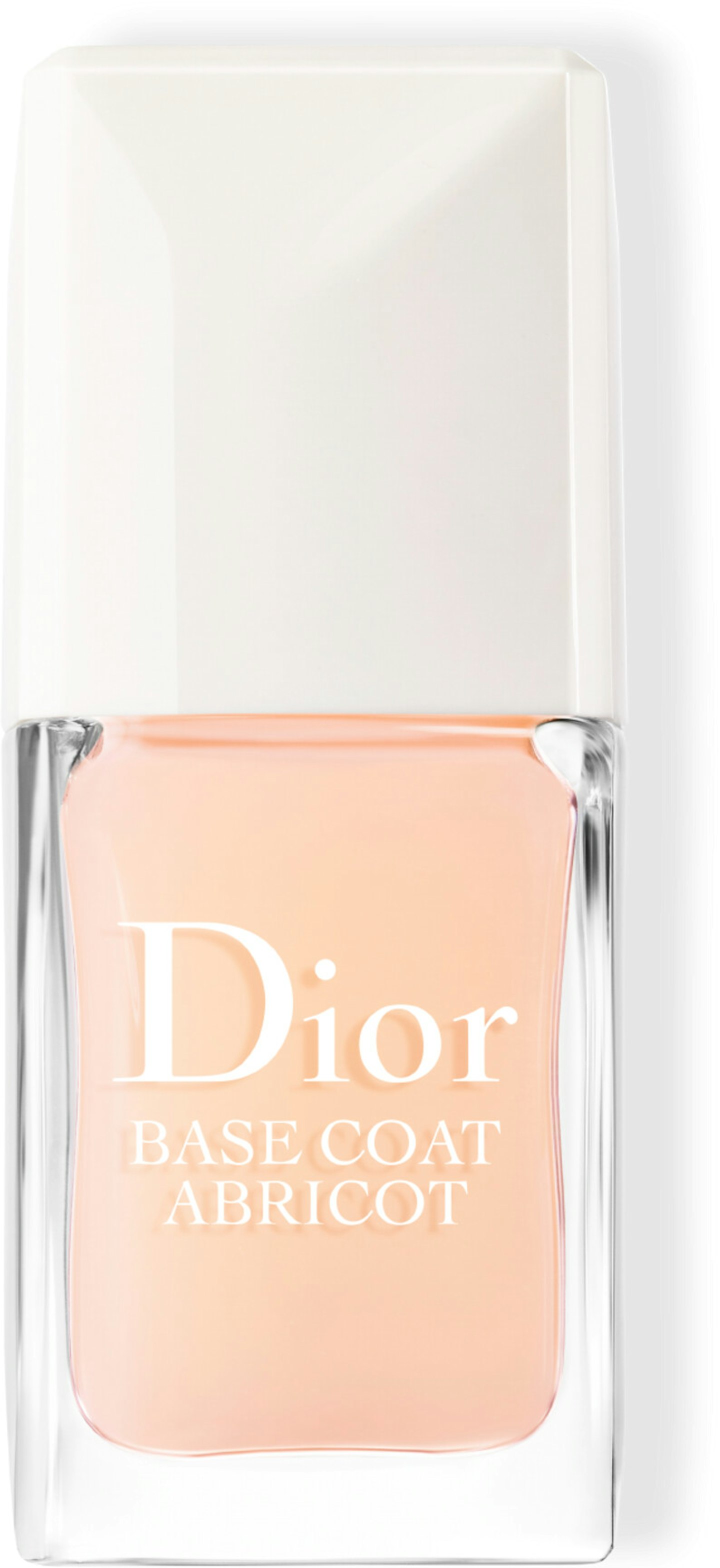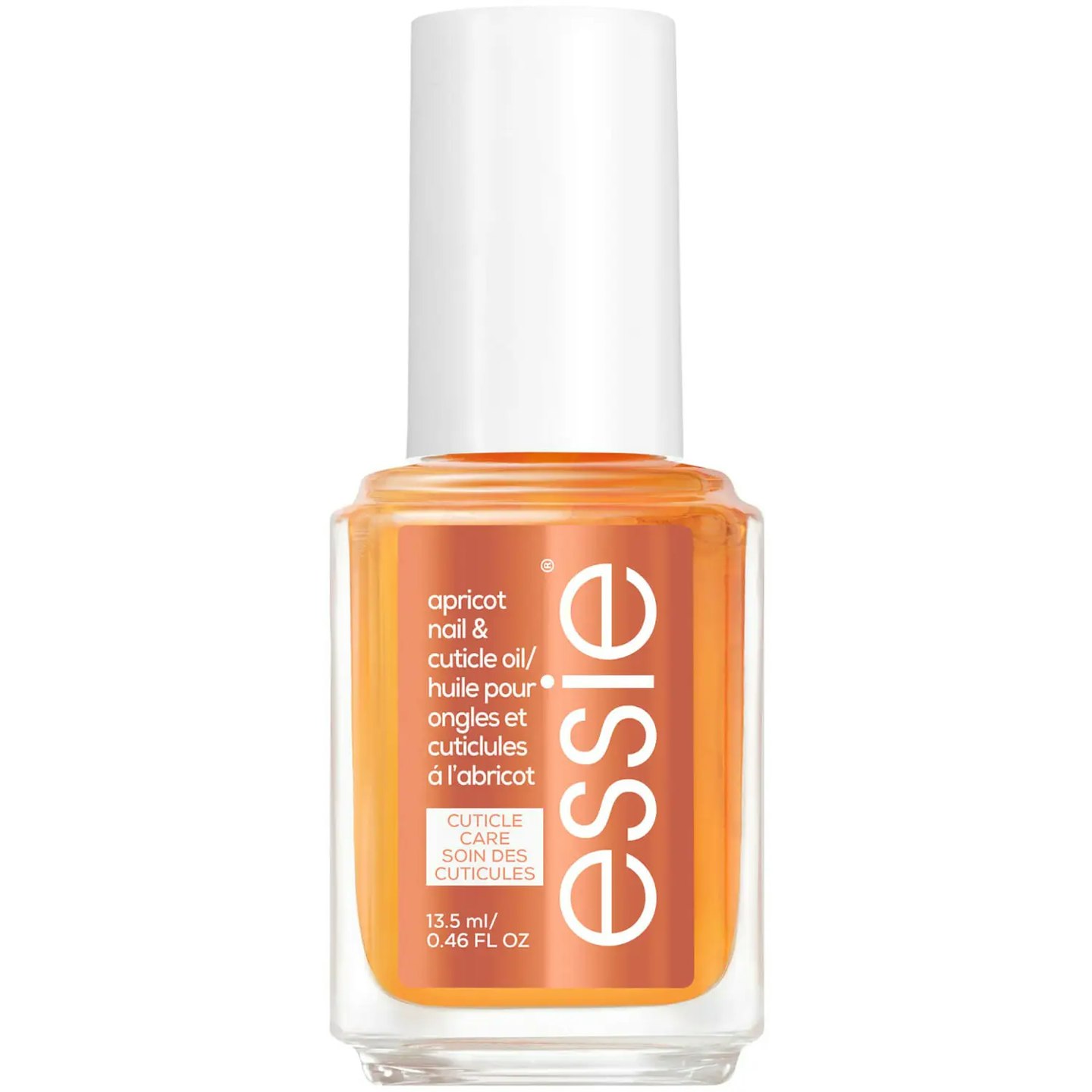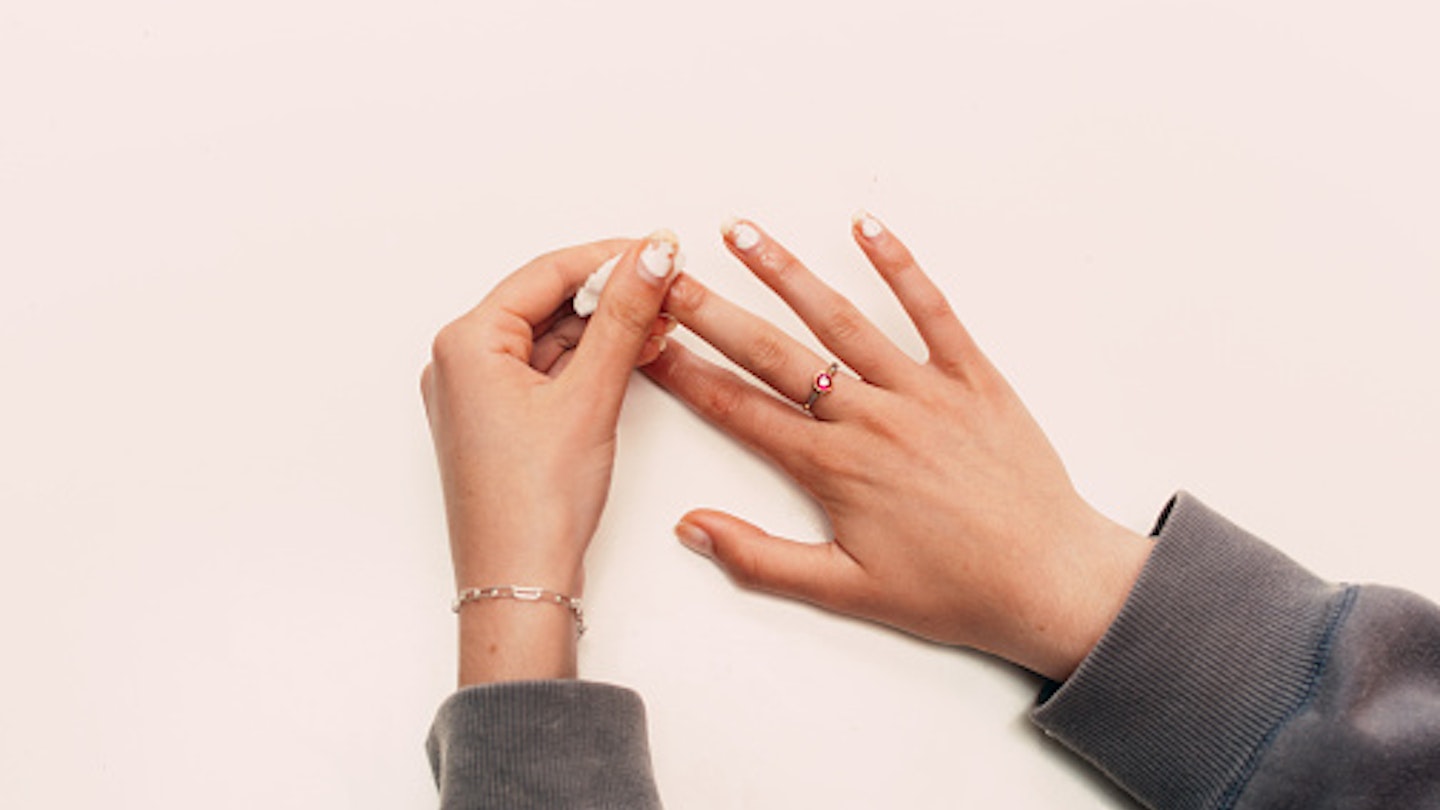If you've ever had acrylic nails done or avidly watch acrylic ASMR content, you'll know that this globally popular nail treatment is no joke. Application is one thing, but the removal process is a whole other beast. There's a reason why the the cardinal rule is to ensure safe removal, preferably via a skilled nail technician.
However, sometimes duty calls and we find ourselves having to resort to the unthinkable: DIY acrylic removal. It's a tricky process, but luckily we've enlisted the help of nail expert Alexandra Teleki for the ins and outs of the at-home removal process.
Here's everything you need to know before you remove acrylics at home.
Can I safely remove acrylics at home?
In a nutshell, yes. However, there are a few things to consider before you opt for the DIY route.
'The reason that it’s generally not recommended to remove your acrylic nails at home is because many people do it incorrectly and try to force the acrylics off, which can cause damage to the natural nails,' says nail expert Alexandra Teleki.
'However, if you use the right technique you can remove the outgrown acrylic nails safely at home.'
How to remove acrylic nails with acetone
Step 1: Start by removing most of the length off the acrylic nail and be sure to not clip off your actual nail.
Step 2: For thorough and safe removal, you will need two nail files – a rough one to get rid of the top layer of acrylic and another with tougher grit for everything below that. Alexandra uses a 100/180, £5, file to debulk the acrylic first. Confused over the numbers associated with files? Just remember: higher numbers = softer grit, and lower numbers = coarser grit.
Step 3: Then use pure acetone to soak the excess acrylic nails for five to 10 minutes, you can soak your fingers directly in a bowl or use the foil method (soak a cotton ball in acetone, place it on top of your nail, and then wrap tin foil around it). Check on the progress in intervals and use a cuticle pusher to gently remove the acrylic.
Step 4: If it doesn’t come off easily, file it again and soak it for another five minutes in the acetone until it comes off easily.
Step 5: Once you have removed the product as best as possible, use a 220/240 file, £1.68, to shape the nails and a nail buffer to remove any residue of acrylic. Acetone is very drying so be sure to use a cuticle oil post-treatment.
Finishing Touches
'Use any nail polish to protect the natural nails,' adds Alexandra, 'my current favourite is the Dior base coat Abricot, £27. To hydrate the hands and cuticles I use the Dior Jasmin Des Anges Lotion, £88and the Tata Harper Revitalizing Body Oil, £107.'
At-home acrylic nails removal essentials:

www.boots.com
With a low 100/180 grit, this is perfect for removing the outermost layers of your acrylics.

www.boots.com
This base coat will protect your natural nails once the acrylics are removed. It nourishes and smoothes while coating nails in a natural-looking peach tint.

www.lookfantastic.com
Finish off with a healthy swipe of this healing cuticle oil. It will condition, strengthen and hydrate instantly without leaving behind a greasy residue.

